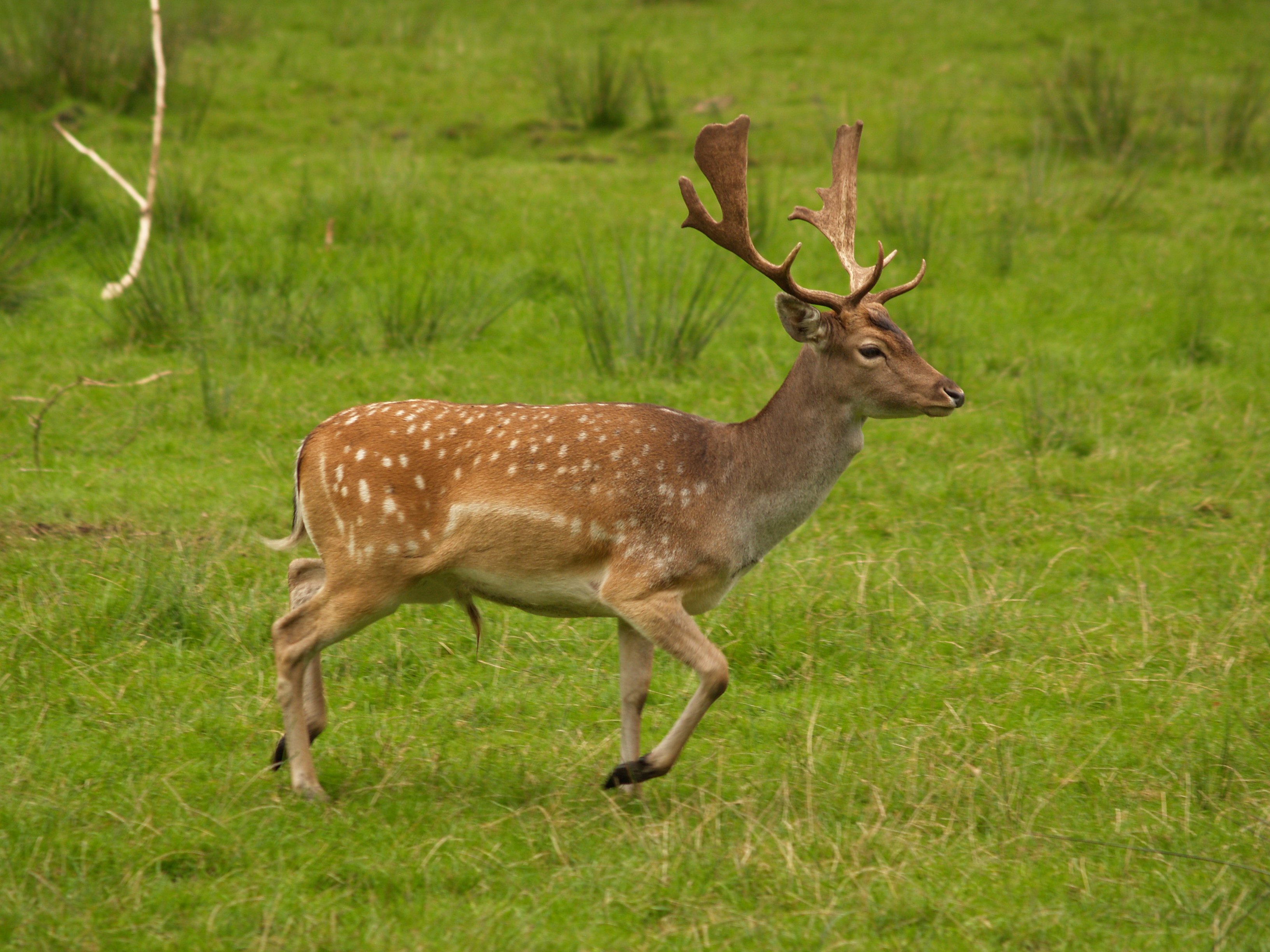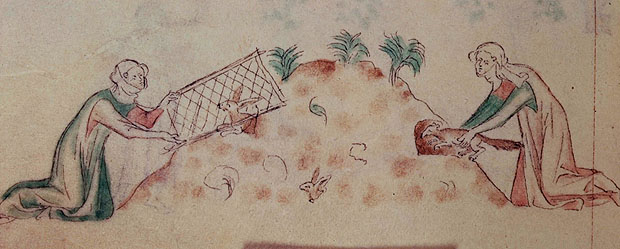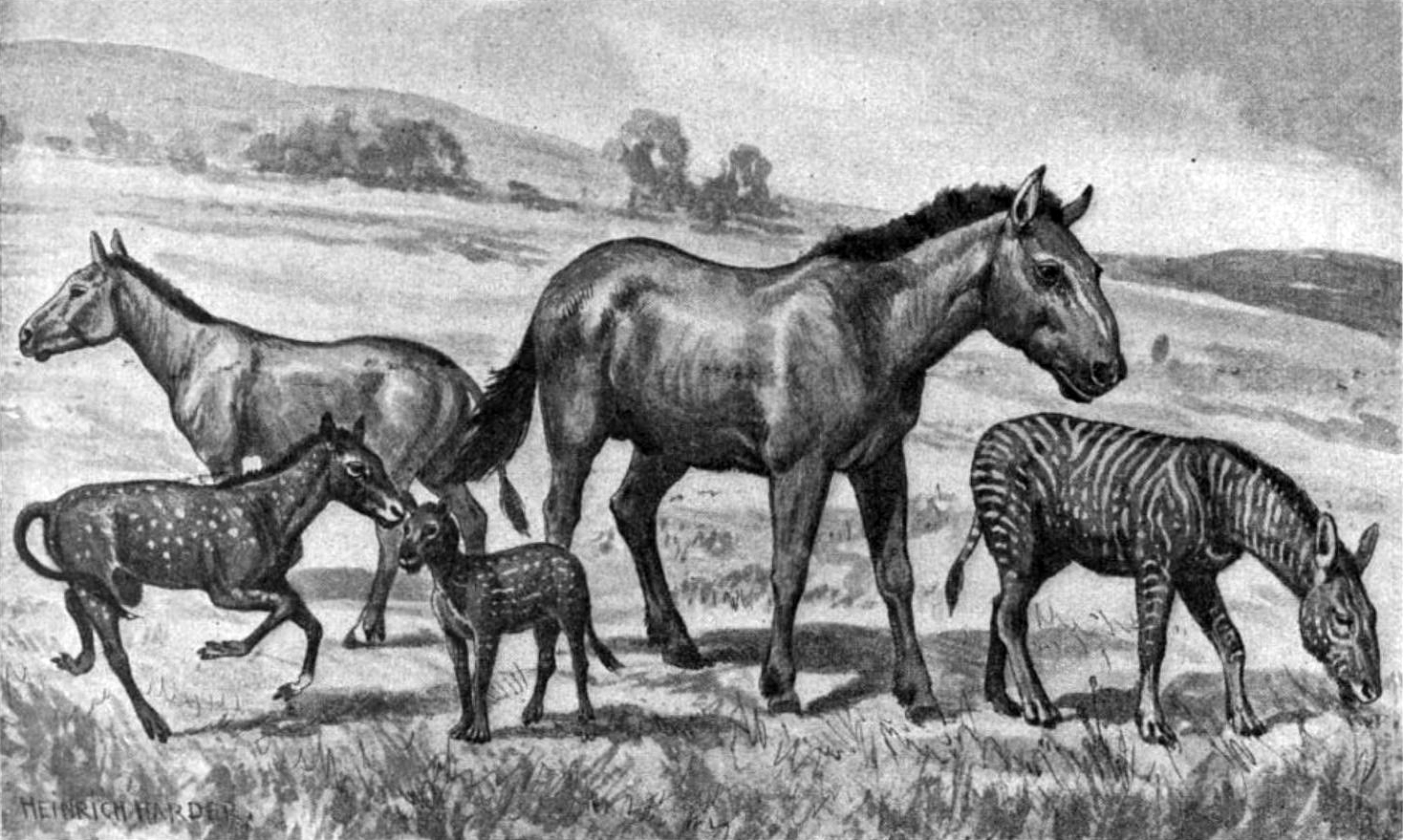|
List Of Meat Animals
The following is a list of animals that are or may have been raised in captivity for consumption by people. For other animals commonly eaten by people, see Game (food). See also * Game (food) * List of meat dishes * Marine mammals as food Marine mammals are a food source in many countries around the world. Historically, they were hunted by coastal people, and in the case of aboriginal whaling, still are. This sort of subsistence hunting was on a small scale and produced only locali ... References {{Reflist Meat Meat Meat animals ... [...More Info...] [...Related Items...] OR: [Wikipedia] [Google] [Baidu] |
Game (food)
Game or quarry is any wild animal hunted for animal products (primarily meat), for recreation (" sporting"), or for trophies. The species of animals hunted as game varies in different parts of the world and by different local jurisdictions, though most are terrestrial mammals and birds. Fish caught non- commercially ( recreational fishing) are also referred to as game fish. By continent and region The range of animal species hunted by humans varies in different parts of the world. This is influenced by climate, faunal diversity, popular taste and locally accepted views about what can or cannot be legitimately hunted. Sometimes a distinction is also made between varieties and breeds of a particular animal, such as wild turkey and domestic turkey. The flesh of the animal, when butchered for consumption, is often described as having a "gamey" flavour. This difference in taste can be attributed to the natural diet of the animal, which usually results in a lower fat ... [...More Info...] [...Related Items...] OR: [Wikipedia] [Google] [Baidu] |
Fallow Deer
''Dama'' is a genus of deer in the subfamily Cervinae, commonly referred to as fallow deer. Name The name fallow is derived from the deer's pale brown colour. The Latin word ''dāma'' or ''damma'', used for roe deer, gazelles A gazelle is one of many antelope species in the genus ''Gazella'' . This article also deals with the seven species included in two further genera, '' Eudorcas'' and '' Nanger'', which were formerly considered subgenera of ''Gazella''. A thir ..., and antelopes, lies at the root of the modern scientific name, as well as the German ''Damhirsch'', French ''daim'', Dutch ''damhert'', and Italian ''daino''. In Croatian and Serbian, the name for the fallow deer is ''jelen lopatar'' ("shovel deer"), due to the form of its antlers. The Modern Hebrew name of the fallow deer is ''yachmur'' (יחמור). Taxonomy and evolution The genus includes two extant species: Extant species Some taxonomists include the Persian fallow deer as a subspecies (''D. ... [...More Info...] [...Related Items...] OR: [Wikipedia] [Google] [Baidu] |
Domestic Rabbit
A domestic or domesticated rabbit (''Oryctolagus cuniculus domesticus'')—more commonly known as a pet rabbit, bunny, bun, or bunny rabbit—is a subspecies of European rabbit, a member of the lagomorph family. A male rabbit is known as a ''buck,'' a female is a ''doe,'' and a young rabbit is a ''kit'', or ''kitten''. Rabbits were first used for their food and fur by the Romans, and have been kept as pets in Western nations since the 19th century. Rabbits can be housed in exercise pens, but free roaming without any boundaries in a rabbit-proofed space has become popularized on social media in recent years. Beginning in the 1980s, the idea of the domestic rabbit as a house companion, a so-called ''house rabbit'' similar to a house cat, was promoted. Rabbits can be litter box-trained and taught to come when called, but they require exercise and can damage a house that has not been "rabbit proofed" based on their innate need to chew. Accidental interactions between pet rab ... [...More Info...] [...Related Items...] OR: [Wikipedia] [Google] [Baidu] |
Lagomorpha
The lagomorphs are the members of the taxonomic order Lagomorpha, of which there are two living families: the Leporidae (hares and rabbits) and the Ochotonidae ( pikas). The name of the order is derived from the Ancient Greek ''lagos'' (λαγώς, "hare") + ''morphē'' (μορφή, "form"). There are 110 recent species of lagomorph of which 109 are extant, including 34 species of pika, 42 species of rabbit, and 33 species of hare. Taxonomy and evolutionary history Other names used for this order, now considered synonymous, include: ''Duplicidentata'' - Illiger, 1811; ''Leporida'' - Averianov, 1999; ''Neolagomorpha'' - Averianov, 1999; ''Ochotonida'' - Averianov, 1999; and ''Palarodentia'' - Haeckel, 1895, Lilian, 2016. The evolutionary history of the lagomorphs is still not well understood. Until recently, it was generally agreed that '' Eurymylus'', which lived in eastern Asia and dates back to the late Paleocene or early Eocene, was an ancestor of the lagomorphs. More r ... [...More Info...] [...Related Items...] OR: [Wikipedia] [Google] [Baidu] |
Horse Meat
Horse meat forms a significant part of the culinary traditions of many countries, particularly in Eurasia. The eight countries that consume the most horse meat consume about 4.3 million horses a year. For the majority of humanity's early existence, wild horses were hunted as a source of protein. History During the Paleolithic, wild horses formed an important source of food for humans. In many parts of Europe, the consumption of horse meat continued throughout the Middle Ages until modern times, despite a papal ban on horse meat in 732. Horse meat was also eaten as part of Germanic pagan religious ceremonies in Northern Europe, particularly ceremonies associated with the worship of Odin.Calvin W. Schwabe, ''Unmentionable Cuisine'', University Press of Virginia, The earliest horses evolved on the North American continent, and by about 12,000 BC, they had migrated to other parts of the world, becoming extinct in the Americas. The now-extinct Hagerman horse of Idaho, about the ... [...More Info...] [...Related Items...] OR: [Wikipedia] [Google] [Baidu] |
Donkey Meat
The domestic donkey is a hoofed mammal in the family Equidae, the same family as the horse. It derives from the African wild ass, ''Equus africanus'', and may be classified either as a subspecies thereof, ''Equus africanus asinus'', or as a separate species, ''Equus asinus''. It was domesticated in Africa some years ago, and has been used mainly as a working animal since that time. There are more than 40 million donkeys in the world, mostly in underdeveloped countries, where they are used principally as draught or pack animals. While working donkeys are often associated with those living at or below subsistence, small numbers of donkeys or asses are kept for breeding or as pets in developed countries. A male donkey is known as a ''jack'' or ''jackass'', a female is a ''jenny'' or ''jennet'', and an immature donkey of either sex is a ''foal''. Jacks are often mated with female horses (mares) to produce ''mules''; the less common hybrid of a male horse (stallion) and j ... [...More Info...] [...Related Items...] OR: [Wikipedia] [Google] [Baidu] |
Equidae
Equidae (sometimes known as the horse family) is the taxonomic family of horses and related animals, including the extant horses, asses, and zebras, and many other species known only from fossils. All extant species are in the genus ''Equus'', which originated in North America. Equidae belongs to the order Perissodactyla, which includes the extant tapirs and rhinoceros, and several extinct families. The term equid refers to any member of this family, including any equine. Evolution The oldest known fossils assigned to Equidae were found in North America, and date from the early Eocene epoch, 54 million years ago. They were once assigned to the genus '' Hyracotherium'', but the type species of that genus is now regarded as a palaeothere. The other species have been split off into different genera. These early equids were fox-sized animals with three toes on the hind feet, and four on the front feet. They were herbivorous browsers on relatively soft plants, and already ... [...More Info...] [...Related Items...] OR: [Wikipedia] [Google] [Baidu] |
Cat Meat
The cat (''Felis catus'') is a domestic species of small carnivorous mammal. It is the only domesticated species in the family Felidae and is commonly referred to as the domestic cat or house cat to distinguish it from the wild members of the family. Cats are commonly kept as house pets but can also be farm cats or feral cats; the feral cat ranges freely and avoids human contact. Domestic cats are valued by humans for companionship and their ability to kill rodents. About 60 cat breeds are recognized by various cat registries. The cat is similar in anatomy to the other felid species: they have a strong flexible body, quick reflexes, sharp teeth, and retractable claws adapted to killing small prey. Their night vision and sense of smell are well developed. Cat communication includes vocalizations like meowing, purring, trilling, hissing, growling, and grunting as well as cat-specific body language. Although the cat is a social species, they are a solitary hunter. As a ... [...More Info...] [...Related Items...] OR: [Wikipedia] [Google] [Baidu] |
Felidae
Felidae () is the family of mammals in the order Carnivora colloquially referred to as cats, and constitutes a clade. A member of this family is also called a felid (). The term "cat" refers both to felids in general and specifically to the domestic cat ('' Felis catus''). Felidae species exhibit the most diverse fur pattern of all terrestrial carnivores. Cats have retractile claws, slender muscular bodies and strong flexible forelimbs. Their teeth and facial muscles allow for a powerful bite. They are all obligate carnivores, and most are solitary predators ambushing or stalking their prey. Wild cats occur in Africa, Europe, Asia and the Americas. Some wild cat species are adapted to forest habitats, some to arid environments, and a few also to wetlands and mountainous terrain. Their activity patterns range from nocturnal and crepuscular to diurnal, depending on their preferred prey species. Reginald Innes Pocock divided the extant Felidae into three subfamilies: th ... [...More Info...] [...Related Items...] OR: [Wikipedia] [Google] [Baidu] |
Bat As Food
Bats are eaten by people in parts of some Asian, African, Pacific Rim countries and cultures, including China, Vietnam, Seychelles, the Philippines, Indonesia, Palau, Thailand, and Guam. Half the megabat (fruit bat) species are hunted for food but only eight percent of the insectivorous bat species are. In Guam, Mariana fruit bats (''Pteropus mariannus'') are considered a delicacy. History Bats have likely been consumed as a food source since prehistoric times in the Asia-Pacific region. Chronostratigraphic analysis of archaeological sites indicate that bats could have been exploited as a food source since 74,000 years ago by ''Homo floresiensis''. On tropical islands, hunting large fruit bats was a worthwhile expenditure for prehistoric hominins. These megabats could be easily captured in caves in large numbers, and processing effort was also minimal. Bats have been hunted by Aboriginal Australians for thousands of years, extending into modern times. Popular game species are ... [...More Info...] [...Related Items...] OR: [Wikipedia] [Google] [Baidu] |
Chiroptera
Bats are mammals of the order Chiroptera.''cheir'', "hand" and πτερόν''pteron'', "wing". With their forelimbs adapted as wings, they are the only mammals capable of true and sustained flight. Bats are more agile in flight than most birds, flying with their very long spread-out digits covered with a thin membrane or patagium. The smallest bat, and arguably the smallest extant mammal, is Kitti's hog-nosed bat, which is in length, across the wings and in mass. The largest bats are the flying foxes, with the giant golden-crowned flying fox, ''Acerodon jubatus'', reaching a weight of and having a wingspan of . The second largest order of mammals after rodents, bats comprise about 20% of all classified mammal species worldwide, with over 1,400 species. These were traditionally divided into two suborders: the largely fruit-eating megabats, and the echolocating microbats. But more recent evidence has supported dividing the order into Yinpterochiroptera and Yangochiroptera, ... [...More Info...] [...Related Items...] OR: [Wikipedia] [Google] [Baidu] |
White-tailed Deer
The white-tailed deer (''Odocoileus virginianus''), also known as the whitetail or Virginia deer, is a medium-sized deer native to North America, Central America, and South America as far south as Peru and Bolivia. It has also been introduced to New Zealand, all the Greater Antilles in the Caribbean (Cuba, Jamaica, Hispaniola, and Puerto Rico), and some countries in Europe, such as the Czech Republic, Finland, France, Germany, Romania and Serbia. In the Americas, it is the most widely distributed wild ungulate. In North America, the species is widely distributed east of the Rocky Mountains as well as in southwestern Arizona and most of Mexico, except Baja California peninsula, Lower California. It is mostly displaced by the black-tailed deer, black-tailed or mule deer (''Odocoileus hemionus'') from that point west except for mixed deciduous riparian corridors, river valley bottomlands, and lower foothills of the northern Rocky Mountain region from Wyoming west to eastern Washing ... [...More Info...] [...Related Items...] OR: [Wikipedia] [Google] [Baidu] |
.jpg)







